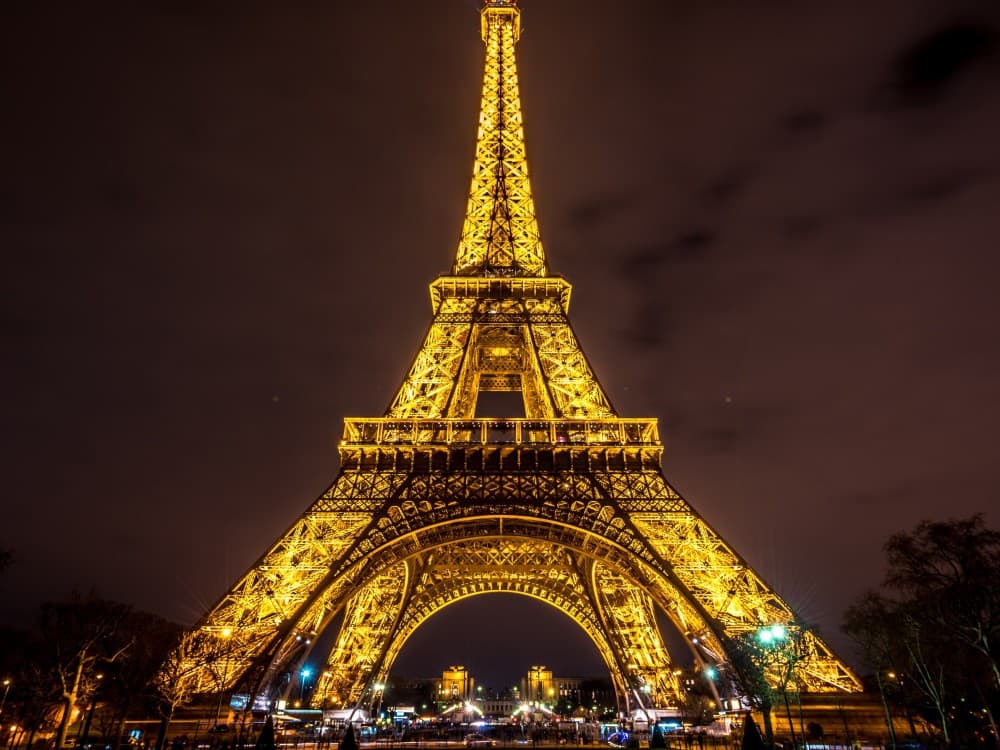
No visit to Paris is complete without seeing the Eiffel Tower — the city's most iconic landmark. Rising 330 meters tall, this iron masterpiece was built in 1889 for the World’s Fair and continues to dazzle visitors today. Whether you're admiring it from the Champ de Mars park below or catching panoramic views from its upper decks, the tower offers an unforgettable Parisian experience. Day or night, its charm captivates. Every evening, it sparkles on the hour with 20,000 twinkling lights, making it one of the most magical sights in the city.
The Basics
The Eiffel Tower, or "La Tour Eiffel," is located in the 7th arrondissement of Paris along the Seine River. It has three levels open to the public, each offering unique views and experiences. Tickets are available for stairs or elevator access, with prices starting around €12 for adults and less for children and EU youth. The top level gives an unbeatable 360° view of Paris. Facilities include gift shops, restaurants (like Le Jules Verne), and restrooms. It's open daily from 9:00 AM to 11:45 PM, though hours may vary by season.
Things to Know Before You Go
Buy your tickets in advance online to skip long queues — especially during summer and weekends. If you’re planning to dine at one of the tower’s restaurants, reservations are essential. Security is tight, so pack light and avoid bringing large bags. While climbing the stairs gives you a great sense of the tower’s structure, the elevator is more convenient, especially for families or those short on time. The tower can be windy at the top, so bring a light jacket, even in summer.
How to Get There
The Eiffel Tower is easily accessible from anywhere in Paris. The closest Metro station is Bir-Hakeim (Line 6), about a 10-minute walk away. Alternatively, you can take RER C to the Champ de Mars – Tour Eiffel stop. Buses 42, 69, 82, and 87 also stop nearby. If you’re up for a scenic route, try walking along the Seine River or renting a bike through Paris’ Velib’ system. Taxis and ride-share apps are also widely available, but public transport is generally faster and more budget-friendly.


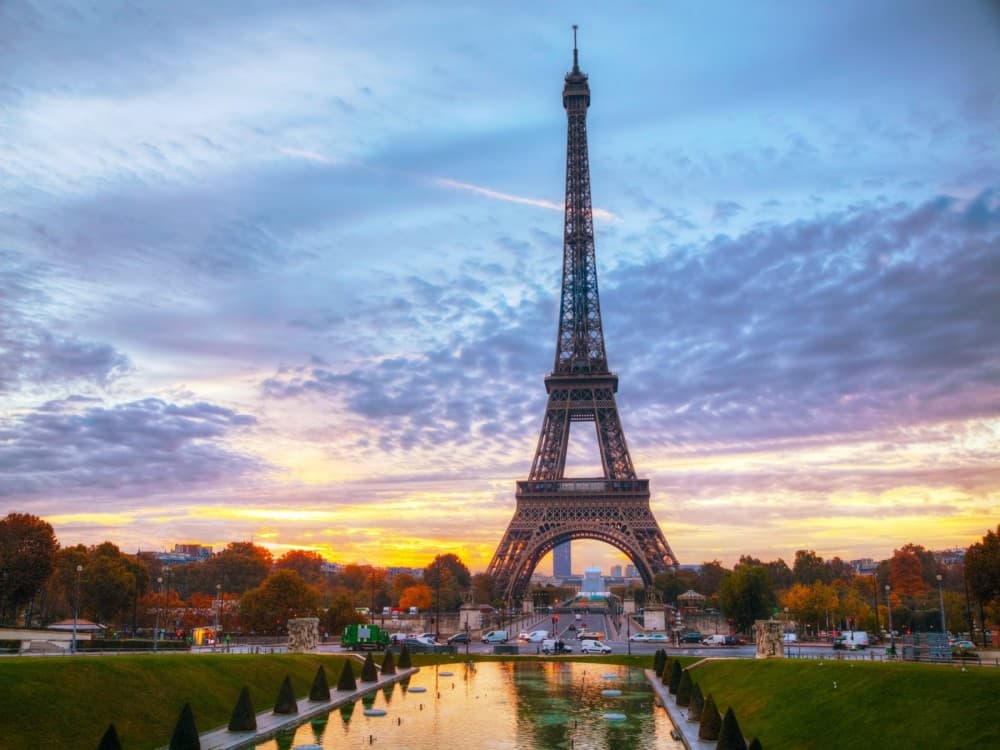
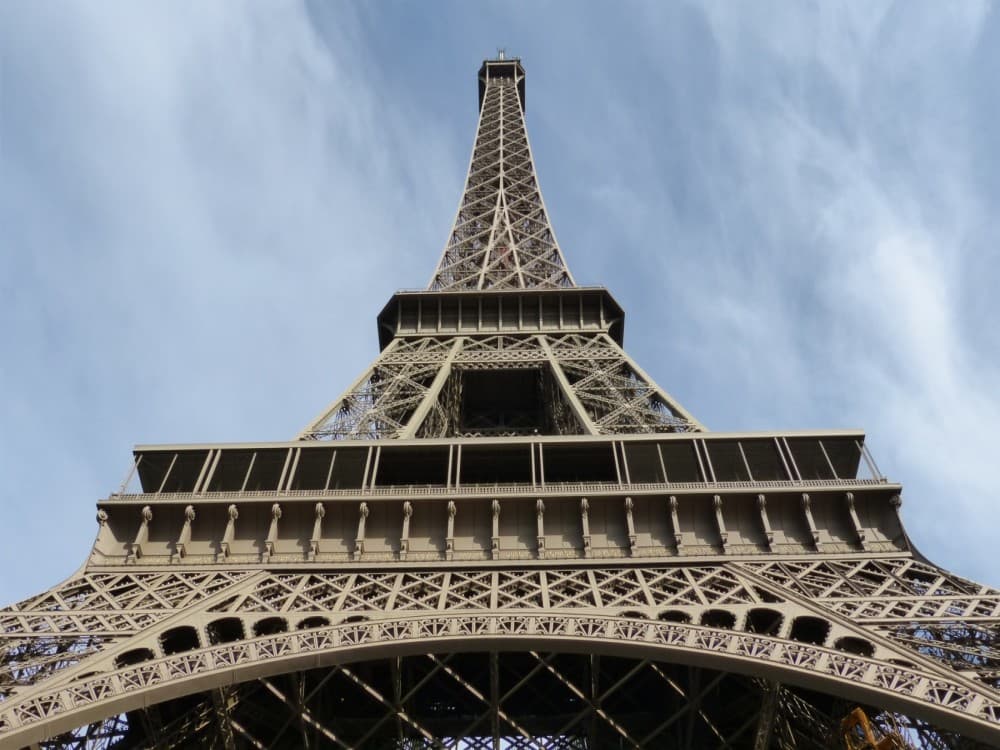
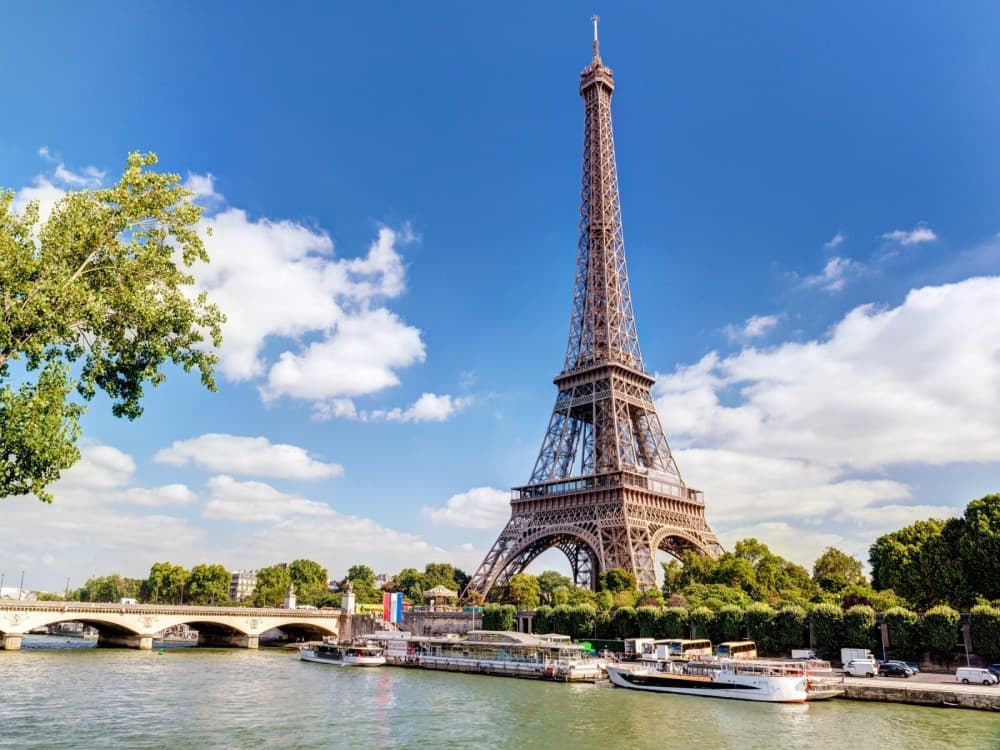
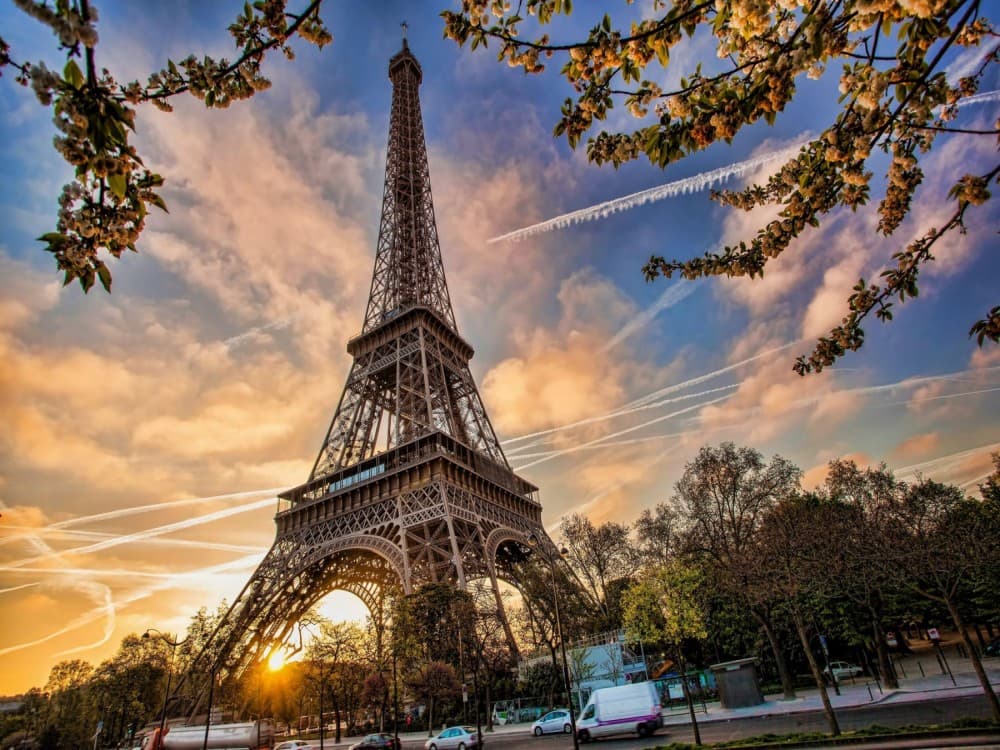
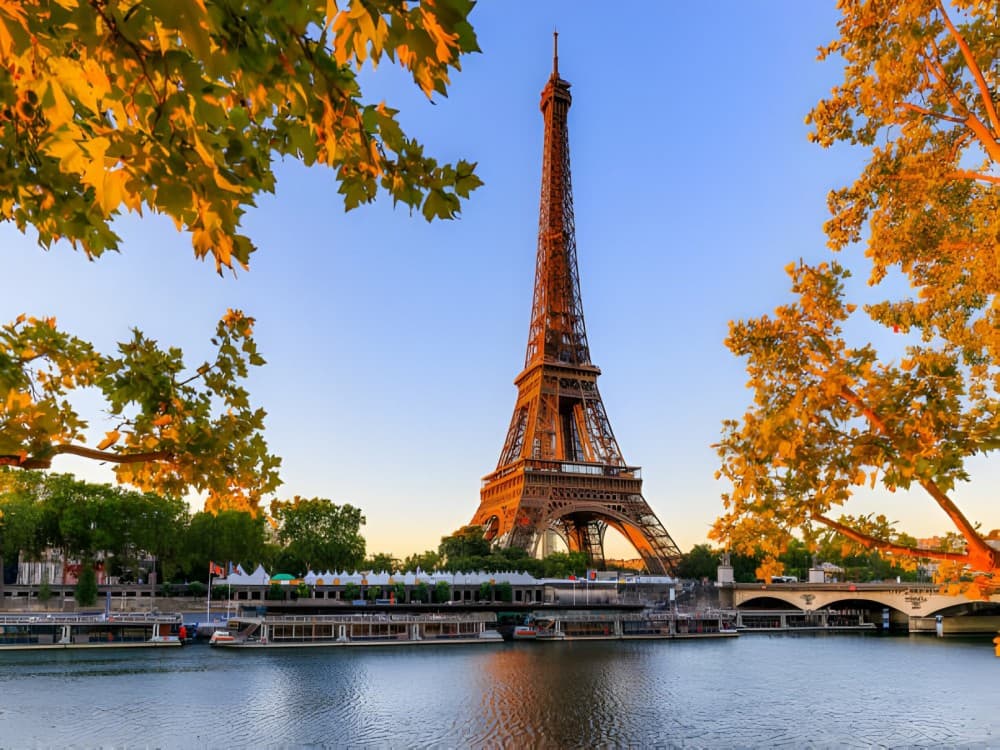
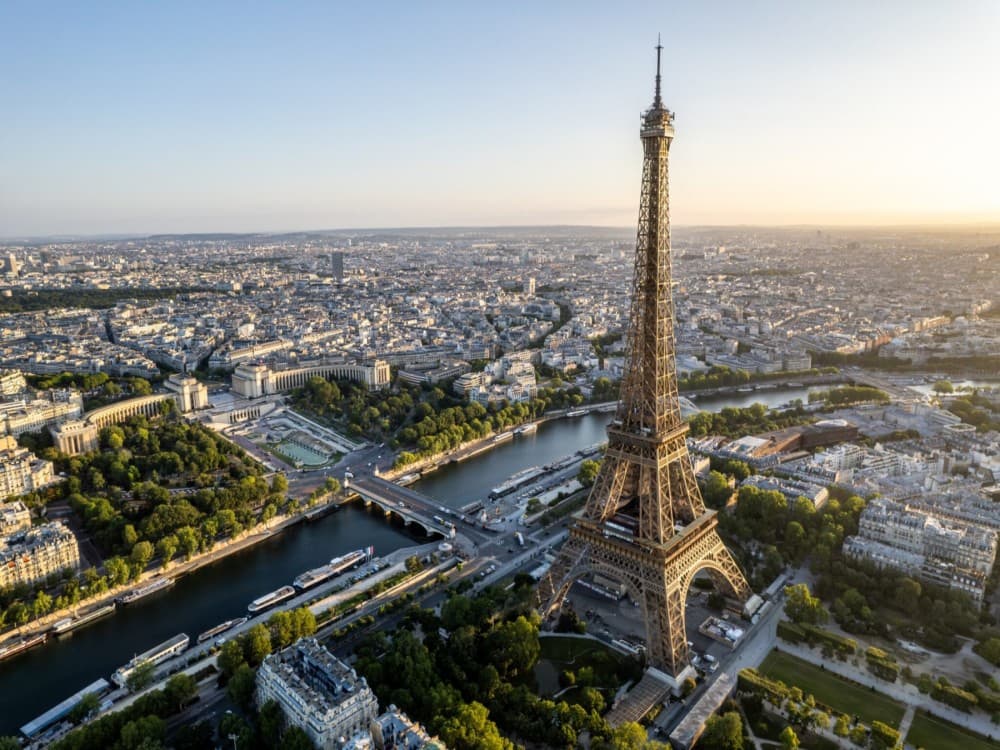
When to Get There
The best times to visit are early in the morning or later in the evening to avoid the biggest crowds. Sunrise offers quiet moments and great photo opportunities, while sunset gives you golden light and a chance to see the tower sparkle after dark. Weekdays tend to be less crowded than weekends. Visiting in the off-season (November to March) also means shorter lines, though the weather may be colder. Avoid mid-day in summer, when queues and heat are at their peak.
Day Trips from Paris
Though the Eiffel Tower is in central Paris, it can also be a perfect anchor for a full day of exploring the Left Bank. Start your day at the tower, then stroll through the nearby Champ de Mars gardens, visit the Musée du Quai Branly or the Seine’s riverbanks. Consider pairing your visit with a Seine River cruise, which often departs nearby. You can also walk toward Trocadéro for some of the best tower views and photos. Add lunch or dinner in the 7th arrondissement for a full, memorable day.